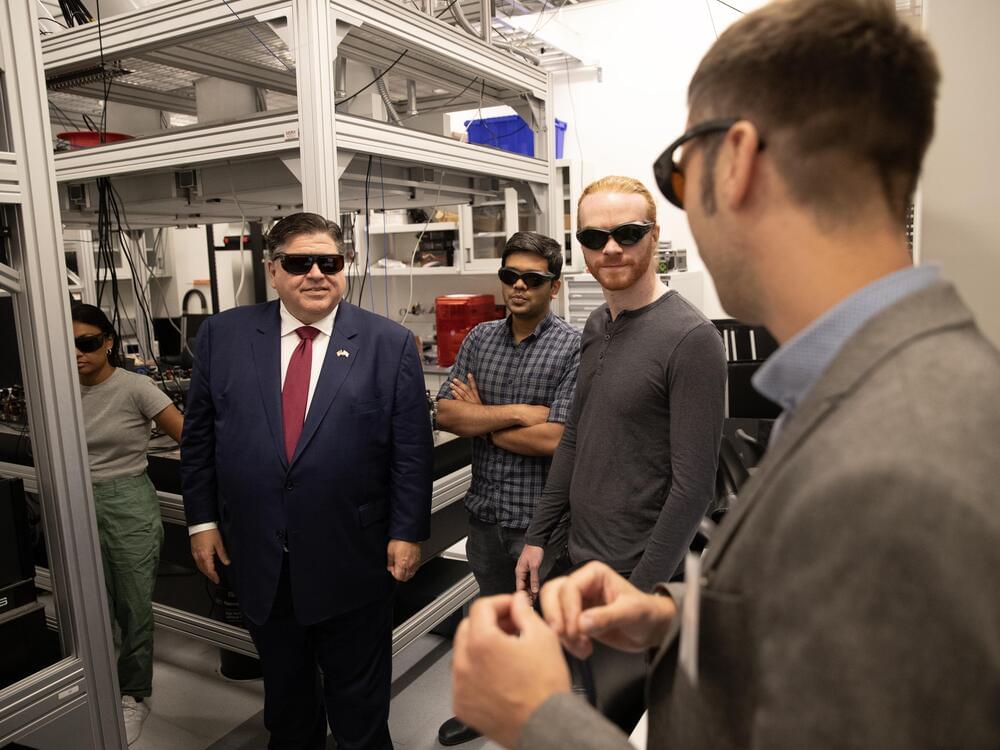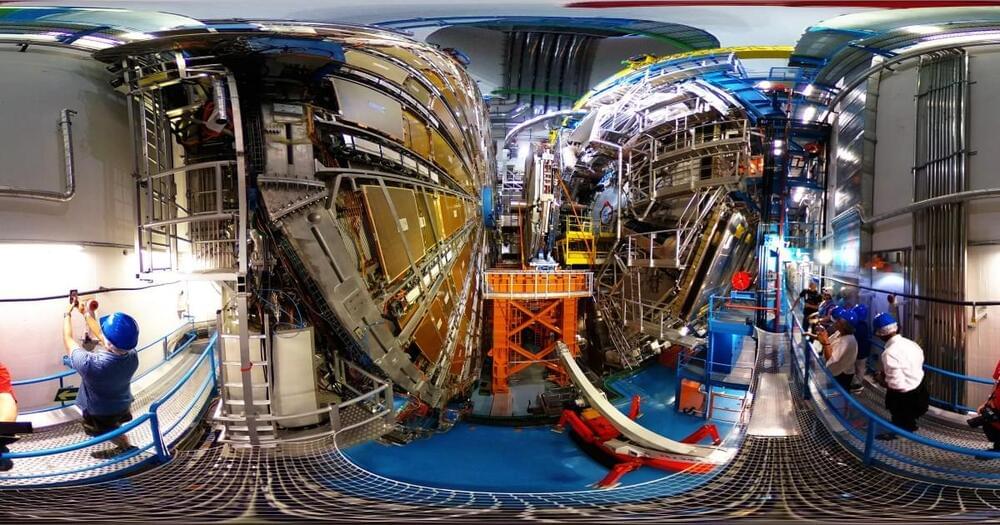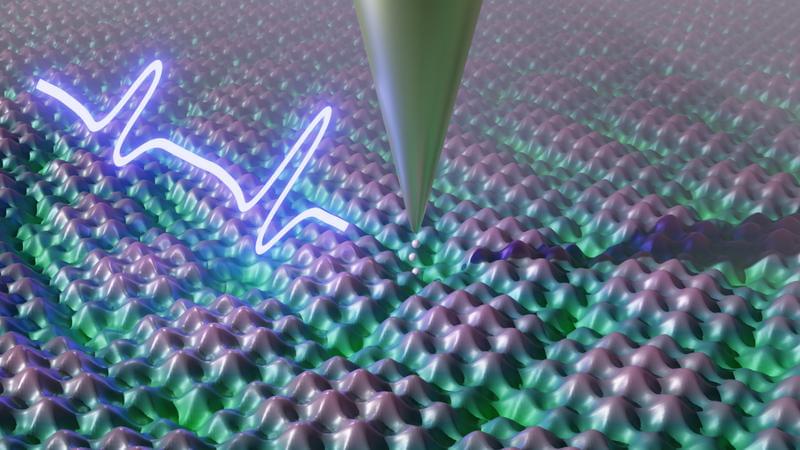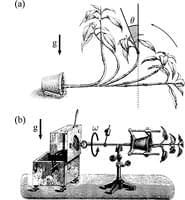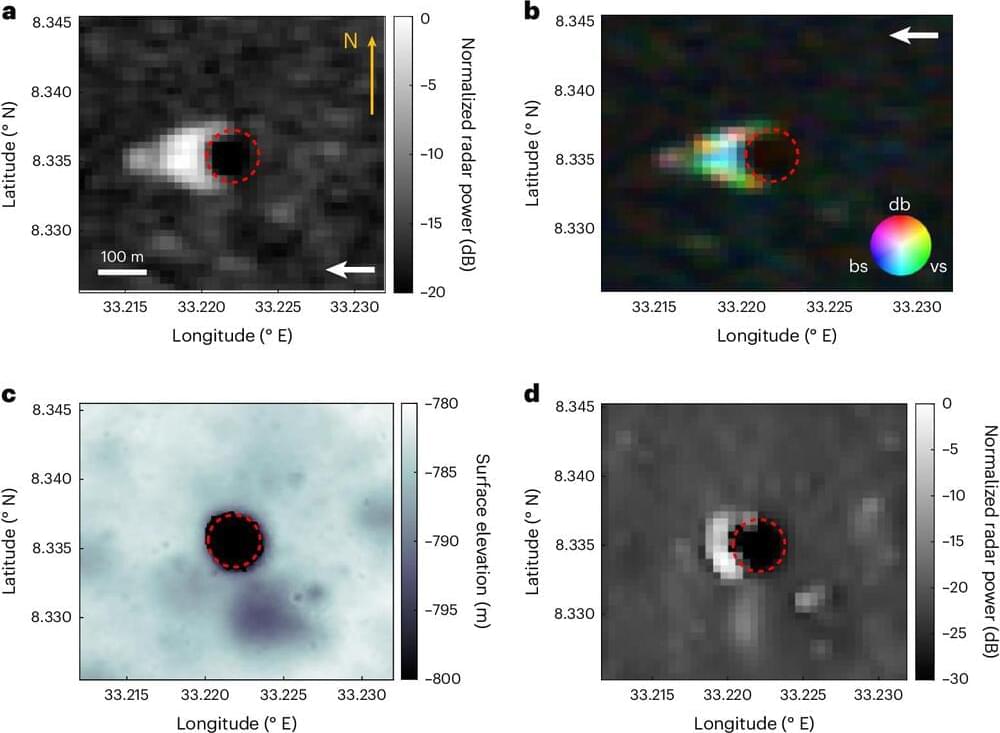The CEO of Google DeepMind has compared the IQ levels of contemporary artificial intelligence (AI) agents to domestic cats. “We’re still not even at cat intelligence yet, as a general system,” remarked Hassabis, answering a question about DeepMind’s progress in artificial general intelligence (AGI). However, research is progressing fast, with some huge cash and compute investments propelling it forward. Some expect it to eclipse human intelligence in the next half-decade.
Demis Hassabis, the co-founder and CEO of Google DeepMind, made the artificial intelligence vs. cat IQ comparison in a public discussion with Tony Blair, one of Britain’s ex-Prime Ministers. The talk was part of the Future of Britain Conference 2024, organized by the Institute for Global Change.
Hassabis highlights that his work is not focused on AI but on AGI. It gives us more perspective on how he is looking at the computer vs cat comparison. Yes, a contemporary AI can sometimes write, paint, or make music in a convincingly human-like fashion, but an ordinary house cat has a lot more general intelligence. “At the moment, we’re far from Human-level intelligence across the board,” admitted Hassabis. “But in certain areas like games playing [AI is] better than the best people in the world.”
